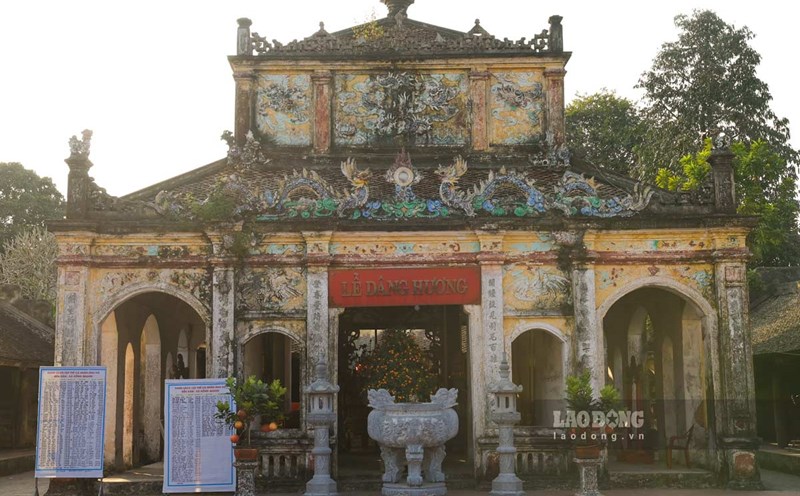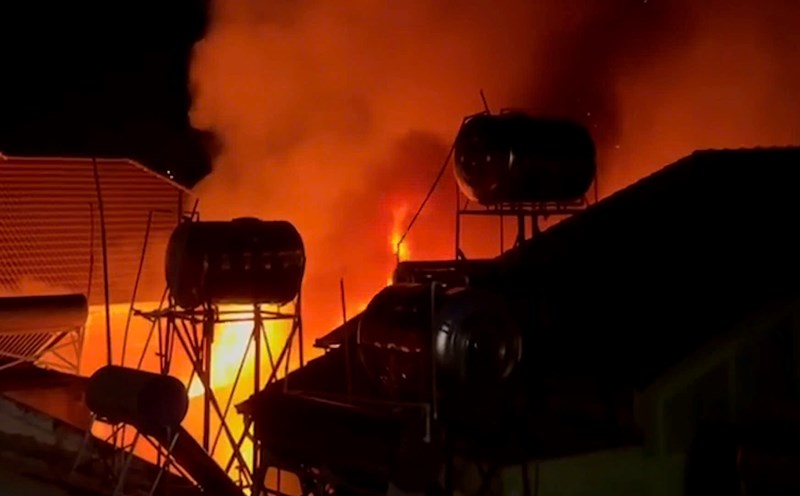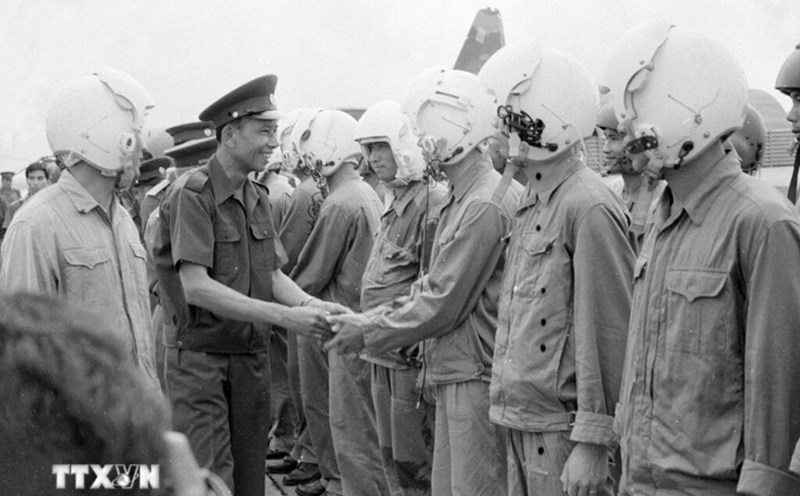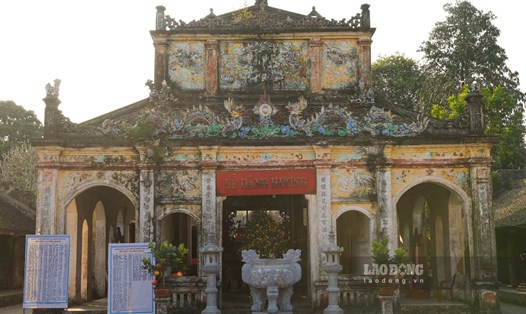Phuc Chi Pagoda in Yen Thang Commune, Y Yen District, Nam Dinh Province was built by Chieu Van Vuong Tran Nhat Duat after the victory of the resistance war against the Nguyen army. The pagoda is located on a large, airy land. In the 19th century, the pagoda was greatly restored.
According to the transmission of Phuc Chi Pagoda history, this is the place associated with the resistance against the French of the people of Y Yen and Nghia Hung districts. At the end of 1929, at Phuc Chi Pagoda, the Communist Indochina Party cell in Nghia Hung was established with 13 people. Not only holding important meetings and conferences, Phuc Pagoda is only a place to hide documents, a connection station to notify the situation of the enemy to the resistance officers.
Also from this revolutionary foundation, it has aroused solidarity among the army and people of Phuc Chi, participated with other localities in the struggle for government, enthusiastically protected and nurtured cadres and leaders of the Party.
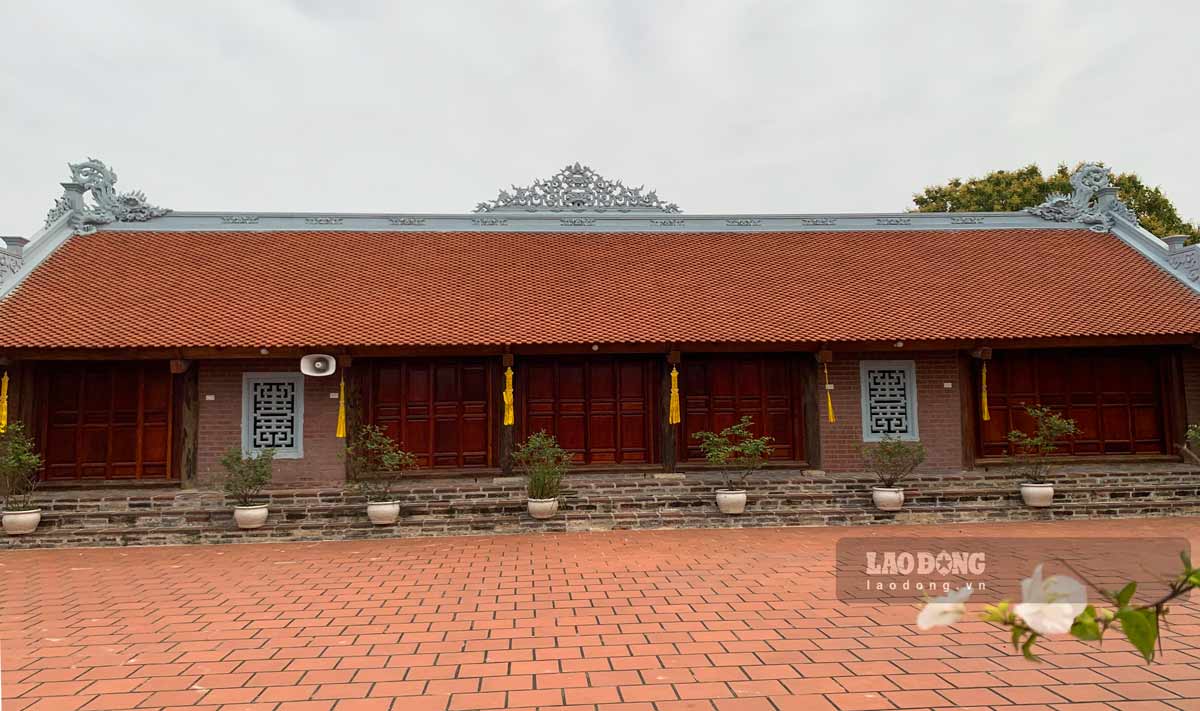

With its historical, cultural and revolutionary values, Phuc Pagoda was ranked at the national level in 1990.
The pagoda's architectural work is built according to the Son-shaped plan, in the style of a snail cries, including: 7: front hall road and 3 buildings behind the road. In the middle hall has 3 compartments, two buildings on both sides of each building, 2 shrines worshiping Mother and Son of King Tran Nhat Duat. Right at the entrance to the relic is Jiuzhaigou, over 10m high.
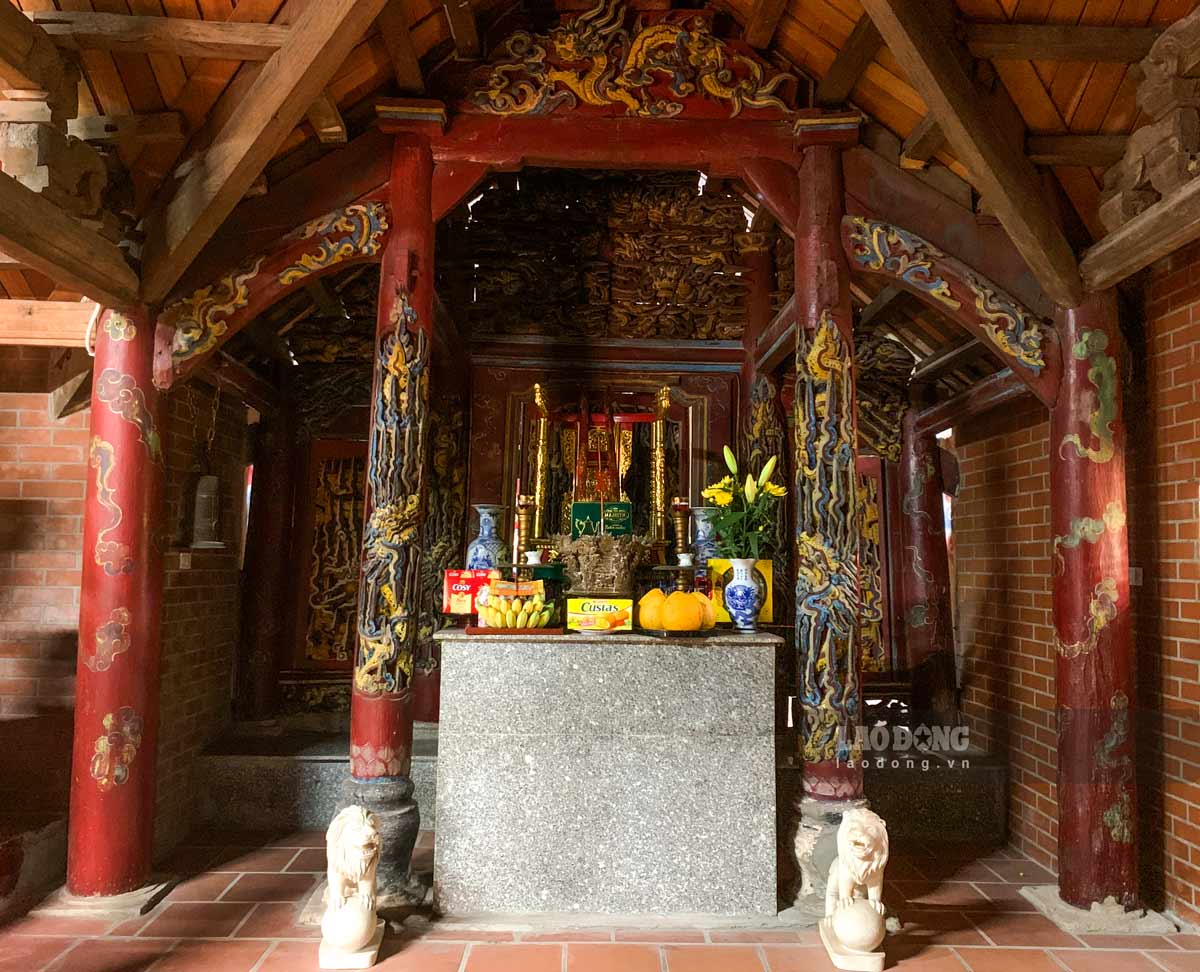
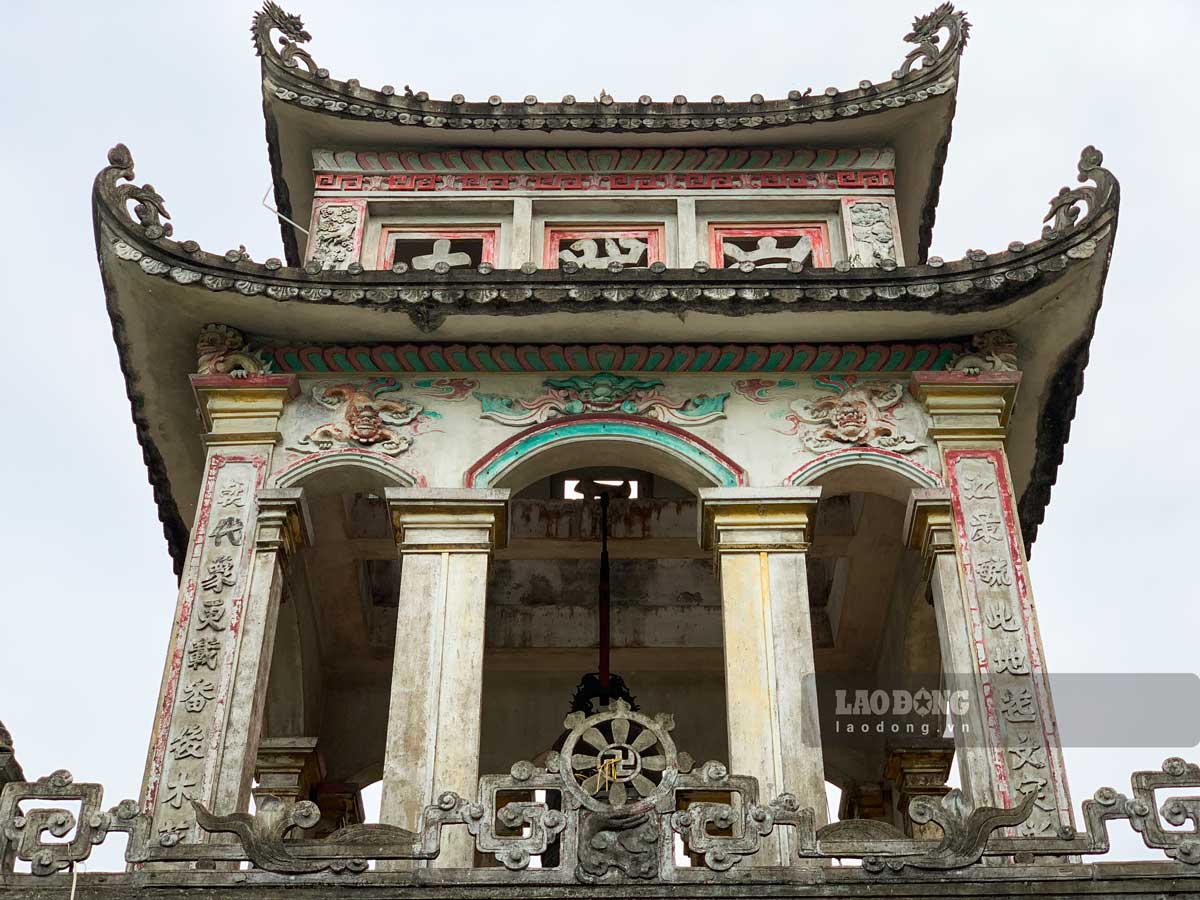
Adhering to the ancient pagoda for more than 40 years, abbot of Phuc Chi Pagoda, Chi Chi Dam Tinh said: "This ancient pagoda was built more than 800 years ago, so many items have deteriorated and have been repaired and completely repaired since last year. The pagoda is also a place associated with the national resistance war, so schools often organize for students to visit and learn about history. Thereby, helping to raise awareness of history, arouse patriotism, national pride, educate students about ethics and lifestyle".



